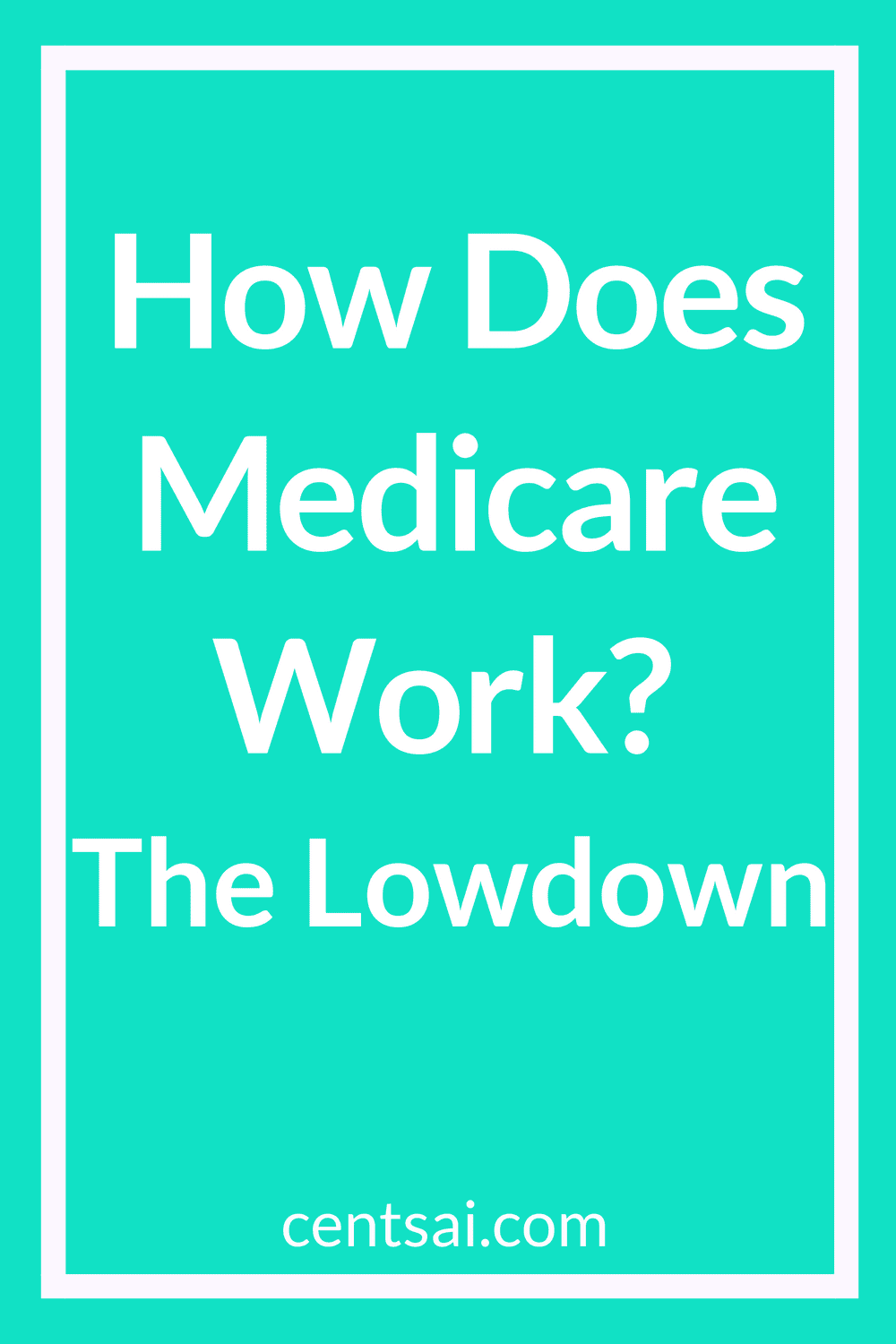
 Health care costs are one of the greatest concerns and challenges retirees face. There’s a lot of uncertainty and misinformation around what Medicare does — and doesn’t do — for retirees.
Health care costs are one of the greatest concerns and challenges retirees face. There’s a lot of uncertainty and misinformation around what Medicare does — and doesn’t do — for retirees.
There are two reasons for this. First, Medicare is complex and involves several options that can greatly affect your coverage. Second, some people may have a vested interest, steering retirees toward a solution based on financial gain. Sometimes this results in information that is either less than accurate or less than direct.
So how does Medicare work? It’s a federally funded insurance program that provides coverage to most people over the age of 65.
Coverage is available regardless of income, although income may affect some costs.
Medicare also covers some younger people on disability and people with end-stage renal disease (kidney failure).
Meanwhile, Medicaid is an assistance program providing health benefits to people of all ages, including children. The states run this program, but it's subject to federal guidelines. Some people are dual eligible, qualifying for both programs.
How Does Medicare Work? An Overview
There are different pieces to Medicare, covering hospital insurance, medical insurance, and prescription drugs. Hospital insurance is provided under Part A, and medical insurance under Part B. Part C is an optional replacement for Parts A and B provided by individual insurance companies.
Part D covers prescription drugs and can be used either stand-alone with the other plans or incorporated into a Part C plan that includes Part D. The coverages provided under Parts A and B are often referred to as “original Medicare.”
Most people become eligible at age 65. You have a seven-month window in which to enroll. The period begins three months before the month you turn 65, includes the month you turn 65, and ends three months later.
If you enroll during one of the three months before you turn 65, coverage will begin on the first of the month in which you reach that age. If you enroll during one of the other four eligibility months, your coverage will begin on the first of the next month after the month you enroll.
Medicare Part A
Medicare Part A covers inpatient hospital care, skilled nursing facility care, and hospice care. However, Medicare doesn't cover custodial care in a nursing home or other facility. This is why people still need long-term care (nursing home) coverage.
You can choose your doctor or hospital and receive care from any provider who accepts Medicare. But keep in mind that there's a difference between “accepting Medicare” and “accepting Medicare assignment.”
A doctor who accepts Medicare assignment has agreed to accept Medicare’s payment for their services. You can’t be charged more than your copayment for a covered service, presuming you have met your deductible. These doctors bill Medicare for you, and you can’t be charged for this service.
A doctor who accepts Medicare, but not assignment hasn’t agreed to limit their charges to Medicare’s coverage, although they're limited by law in how much more they can charge. You may have to pay the doctor and file for reimbursement.
Most doctors who accept Medicare also accept assignment, but you should make certain in advance.
Most people receive Part A without paying a premium. Generally, if you qualify for Social Security, you qualify for premium-free Medicare Part A. You can receive premium-free Part A before you begin collecting Social Security if you are eligible and 65 or older.
Medicare Part B
Medicare Part B covers medically necessary and preventive services. A list of covered services is provided annually to each insured person. The costs of Part B services are generally shared. In other words, you will pay a deductible and copayments. Plan B covers ambulance services and durable medical equipment, such as crutches.
Medicare Part B isn’t generally free. Most people pay a premium of $134 per month. Some pay more based on income.
It is important to check what is covered and not to assume it works in the same way as the insurance you had through work. For example, Medicare covers a physical exam when you first enroll and an annual wellness visit. The covered wellness visit is less comprehensive than the annual exam you may have been used to receiving.
Medicare Part C
You may choose a Medicare Part C plan instead of Parts A and B plans. A health insurance company provides the coverage instead of the government. By law, these plans must cover at least as much as original Medicare does. They often offer a slew of additional minor benefits. But they may not be worth much, depending on your individual situation.
Some Part C coverages cost more than original Medicare, while others don’t. An additional risk with a Part C plan is that it has to be approved every year. Plus, coverages and premiums change annually. There's also political risk, as these plans have been a target of the Democratic party for some time.
Selecting a Part C plan can provide you with additional coverage for little or no cost.
But it will take considerably more time and effort to research these plans. And you’ll have to do that annually.
Plus Zero Hidden fees. It's Completely Free!
Medicare Part D
Medicare Part D covers prescription drugs. Not all Part D plans are equal. Each has a list of covered drugs and their associated copays. This is called a formulary. Insurance companies that provide Part D coverage update their formularies annually.
They may change costs during the year, subject to some restrictions. If you're on a prescription, they must provide you with 60 days’ notice of change. You must also be able to get a 60-day refill at the current cost.
You may pay for Part D, or you may obtain coverage at no cost. It’s a matter of shopping around and selecting a plan that will cost you the least based on your anticipated needs.
Waiting to enroll will incur a penalty, which is assessed if you enroll at a later date. There is no reason anyone should incur this penalty. If you don’t take any prescription drugs, you should at least enroll in a no-premium plan.
That way, you have coverage, and you won’t be penalized later. If the plan you sign up for isn't a good fit, you can change it once a year. Get coverage as soon as you're eligible.
Medicare Supplements
Medicare supplement policies, also known as Medigap insurance, aren’t a part of Medicare. These policies work in conjunction with Medicare Parts A and B, providing coverage for costs — including copays and deductibles — not covered under original Medicare.
You must have Parts A and B to get a Medicare supplement. In addition to your Medicare premiums, you will also pay a premium for your supplement.
Some Medicare supplement policies provide coverage if you're traveling outside the United States. Original Medicare doesn’t provide this coverage. There are some minor exceptions, but these aren’t typical.
Additional Considerations
The plan or combination of plans most appropriate for you depends on your circumstances. Most people will need Parts A (hospital), B (medical), and D (prescription). Others may feel better served by having a Part C (hospital and medical) plan in conjunction with Part D coverage. Your own health history and your financial situation will dictate what makes the most sense.
Traveling abroad with Medicare alone is risky. A frequent overseas traveler should have programs in place that will protect you wherever you go. If you travel abroad less often, you won’t necessarily need the ongoing expense, so you may want to consider other options.
An annual open enrollment window lets you make changes to your plan, including enrolling in or canceling Part C or D coverages. This period runs from October 15 to December 7, with changes effective on January 1.
But your first enrollment is based upon turning 65. Make sure to enroll beforehand to make your coverage effective as soon as possible and to avoid late-enrollment penalties.
Final Thoughts on How Medicare Works
Medicare, like any other health insurance, is complex. It’s important to invest some time in understanding the basics. The Medicare website offers a wealth of information. Learn a little at a time. This is crucial to your retirement well-being, both medically and financially. And don’t forget to look into long-term care as well — Medicare doesn’t cover custodial care.








